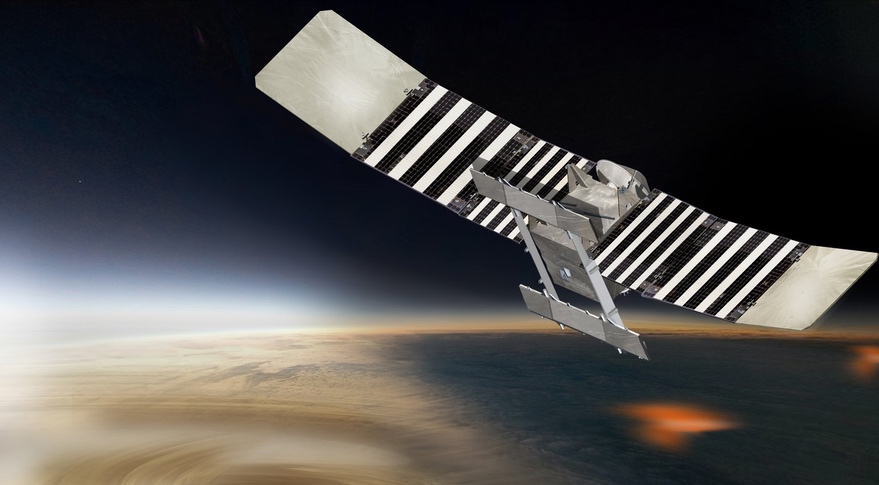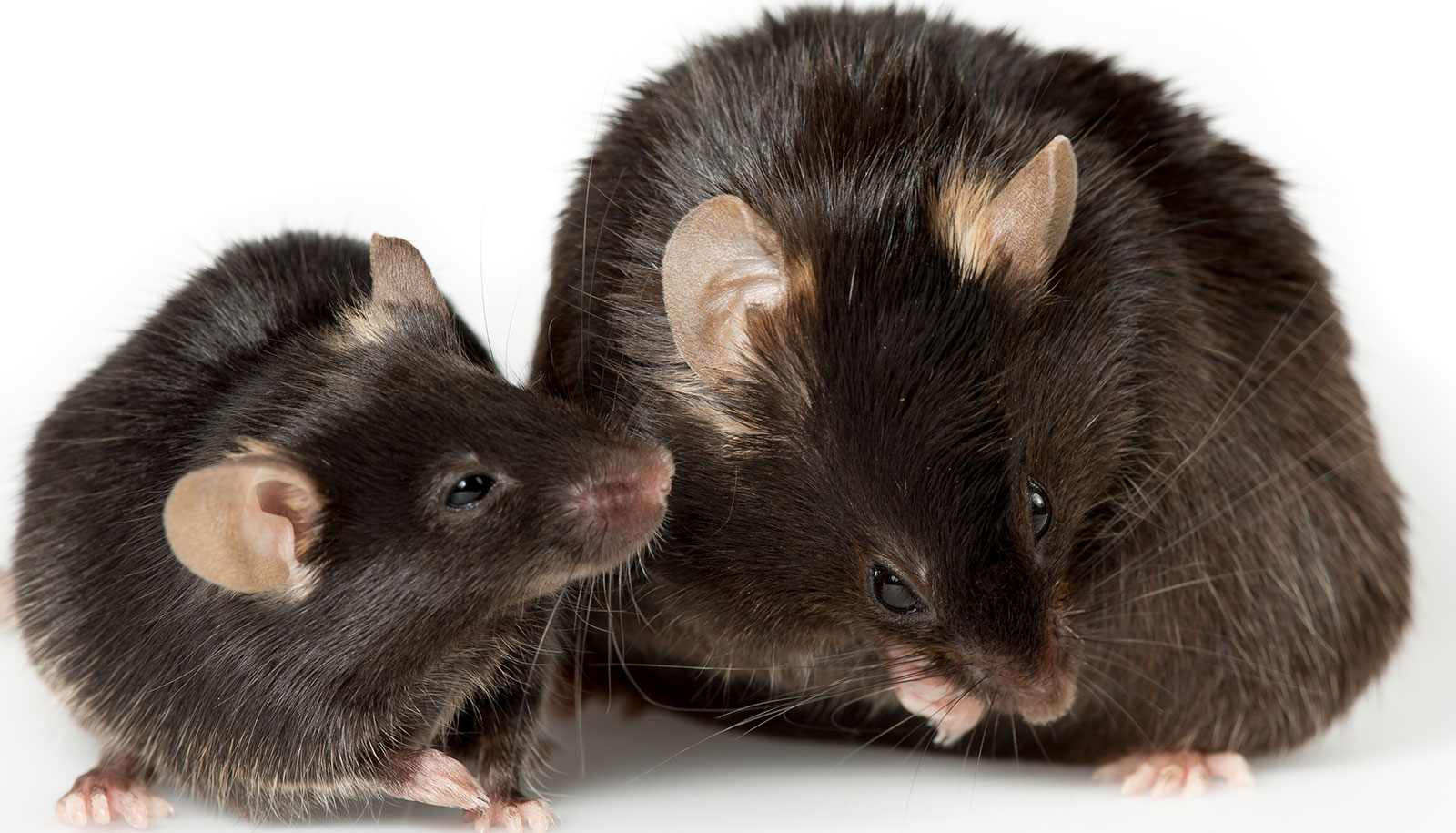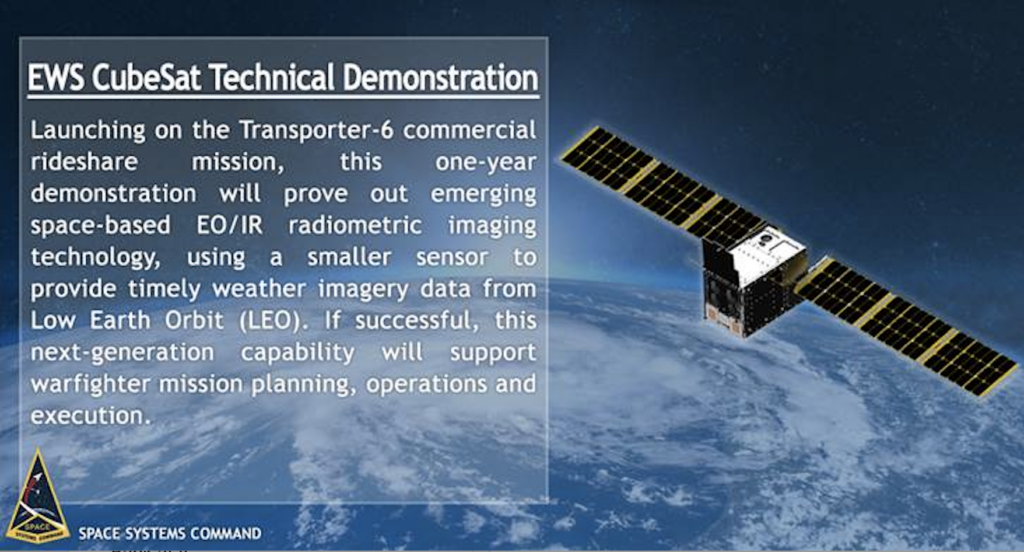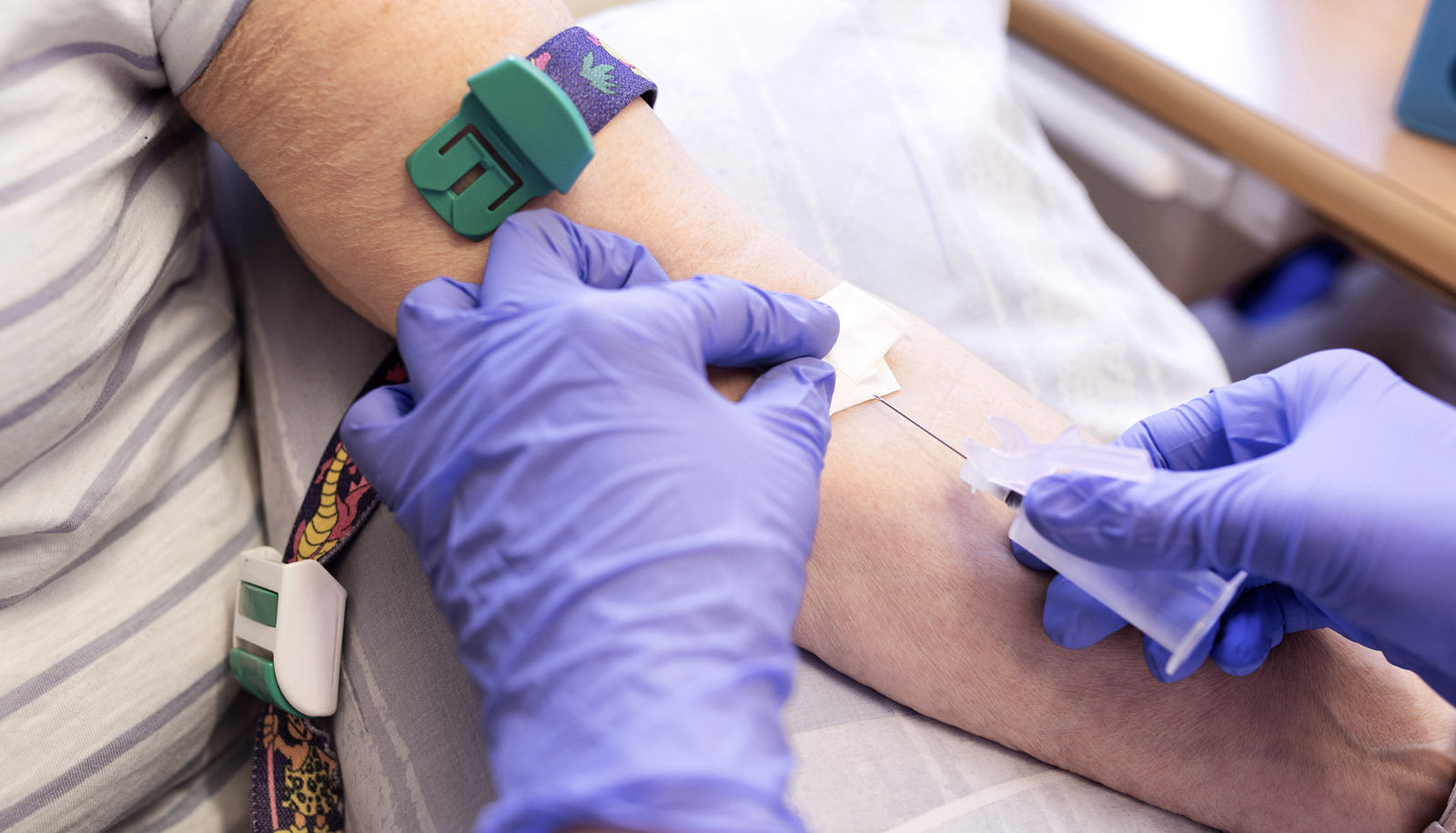SAN FRANCISCO – A bootcamp aimed at helping startups navigate the space sector’s complex regulatory landscape is coming to New Mexico.
The Space Regulatory Bootcamp, backed by the U.S. Air Force Research Laboratory and SpaceWERX, is scheduled for Feb. 21-23 at Q Station, a collaboration center for New Mexico’s space industry in Albuquerque.
“Many companies need a lot of help understanding what is required if you’re going to do business with the federal government,” Gabe Mounce, director of AFRL’s Outreach and Tech Engagement Office, and SpaceWERX deputy director, told SpaceNews. “For instance, export laws are very important if you’re going to try to get a government contract, even a Small Business Innovation Research or Small Business Technology Transfer contract.”
In addition to export control, topics to be covered in the Space Regulatory Bootcamp, being organized by Washington-based Aegis Trade Law, include cybersecurity, foreign investment, crowdfunding, government licensing and federal contracting regulations.
“A lot of the work that we’ve done as a law firm has been educating our clients,” said Jack Shelton, Aegis co-founder and partner. “That’s what spawned the desire to put together a curriculum and start getting people educated on this stuff.”
Shelton, along with a group of space attorneys in partnership with AFRL, also are establishing the Association of Commercial Space Professionals, a public benefit company to offer affordable regulatory and legal resources for space startups.
Recent declines in launch costs and technological innovations like miniature electronic components and additive manufacturing have lowered the barriers to entry for space-related startups. Government agencies, eager to take advantage of commercial space innovation, have established incubators, accelerators and financing programs to help the startups succeed.
“It now feels like every entrepreneur who has ever tried to do something in any other sector is pivoting that product or service to space in some capacity, which is amazing,” Mounce said. “But that also means a lot of companies and founders don’t understand how they might be crossways with the U.S. if they are not careful in how they progress through their company establishment.”
One of the Space Regulatory Bootcamp sessions, for example, will focus on the important differences between pitching a business plan to the government versus pitching to investors, Shelton said.
While the first Space Regulatory Bootcamp was conceived as a pilot program, “I suspect because of the demand we are going to keep doing this,” Mounce said. “In fact, I’ve already been pushing the team figure out how we evolve the model after this pilot.”
Participants in the first Space Regulatory Bootcamp will pay $900 for the three-day meeting.
“We want to make sure it’s affordable,” Shelton said, “but also to make sure that we’re able to cover our costs.”
Correction: The Association of Commercial Space Professionals is a public benefit company, not a nonprofit.










